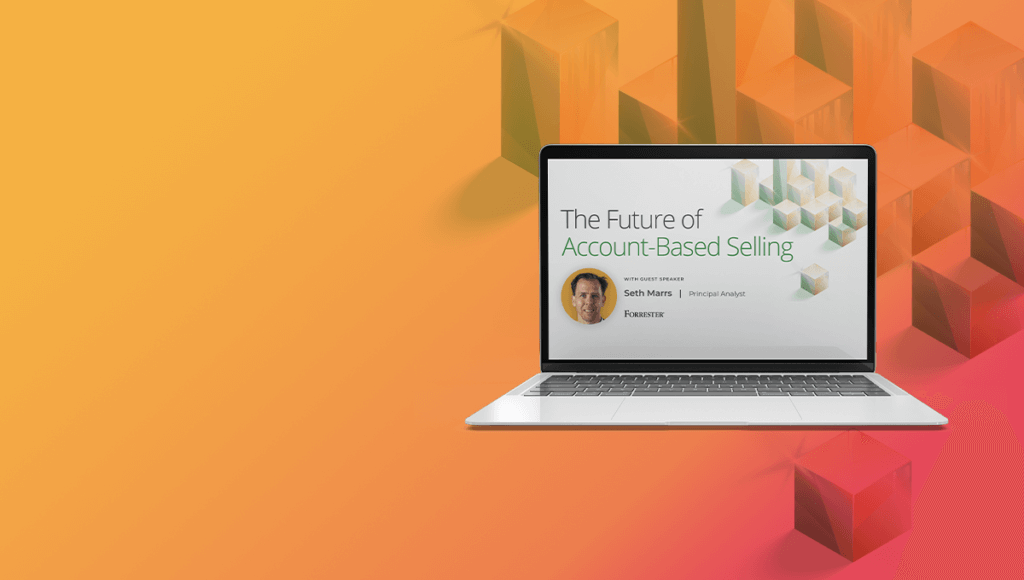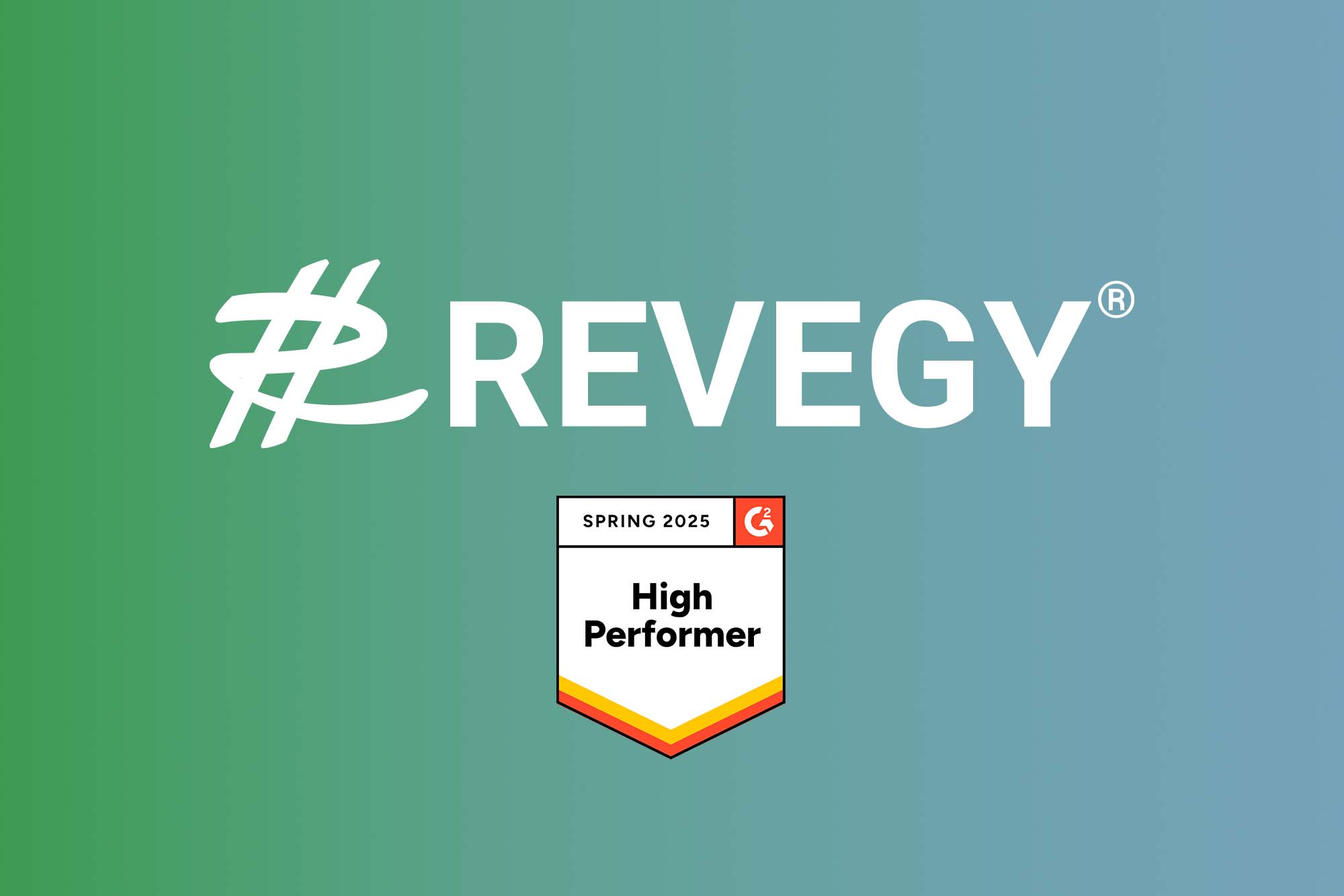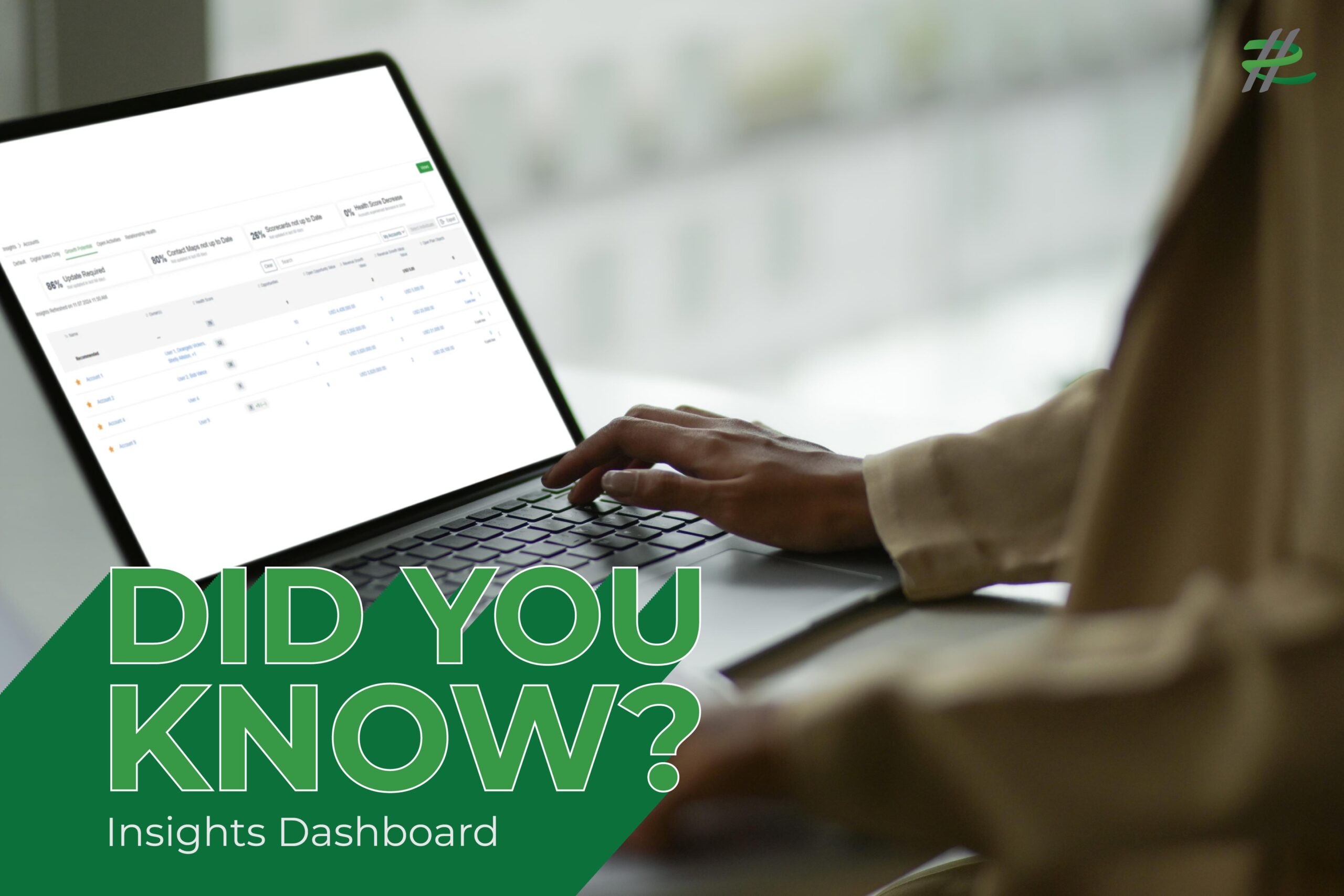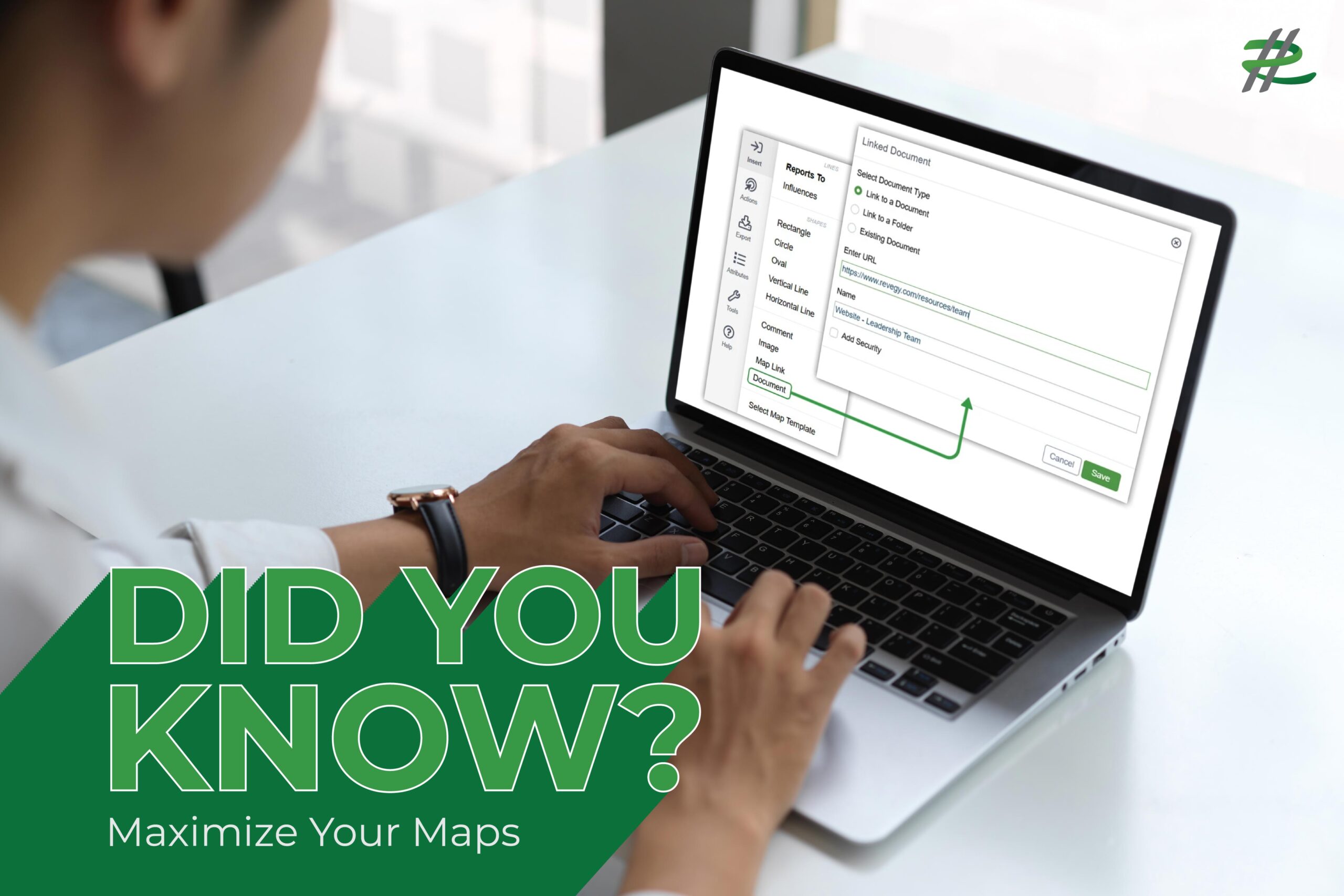Successful sellers have a deep understanding of their accounts and use a variety of buying signals to find (and win) more opportunities. Account-based selling enables these skills, helping sales teams successfully navigate the increasingly complex buying process to grow revenue from new and existing accounts.
We sat down for a webinar with guest speaker, Forrester Principal Analyst, Seth Marrs, to discuss the future of account-based sales by analyzing the trends and insights driving the future of B2B sales. Then, we kept him for a Q&A to learn more about the research he’s been conducting into how account-based selling can position sales teams for sustained success and result in increased revenue opportunities.
With the move to virtual selling, how has the sales rep’s role changed, and how should sales organizations prepare for future account-based sales success?
Low-touch, simple transactions will continue to move to self-serve. More complex, high-touch purchases will require a strategic, account-based sales motion.
In the last six months of 2021, buyers actually had more meetings with sales reps than they did in 2019. When it comes to the purchases companies must get right, buyers continue to rely on sellers. Account management and the ability to support the buyers within an account are more important than ever.
How has buyer due diligence changed in recent years, and how does that affect strategic account-based sales programs?
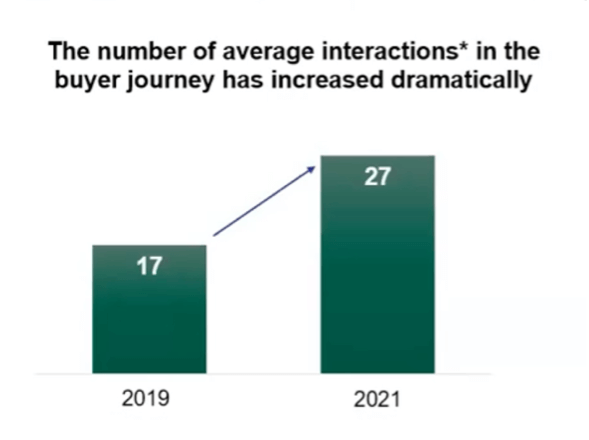
The buying process has become more drawn out. The number of interactions with sellers increased by 58% from 2019 to 2021, and purchase timeframes grew by 68% from 2015 to 2021.
Buyers are also not buying individually anymore. Complex buying groups have moved from 59% in 2015 to 83% in 2021. With all transactional interactions moving to self-serve, what’s left for sellers are the complex deals. Those deals are where buyers want a wider group of stakeholders to ensure they make the right decision.
Account-based selling programs are a tool that salespeople can use to understand this complex landscape and create a plan that aligns with the buyer’s needs.
Buying groups have clearly changed over the years. How can we adjust the sales process to better reach these buyers with relevant, need-based communications?
The biggest adjustment is to have the entire revenue engine use the Opportunity record to align around the buying group.
Interactions within a buying group provide one of the best signals that a customer is in an active buying cycle. Because most opportunities consist of complex buying groups, you need to have insight into the variety of buying signals from an account or opportunity. If treated as individual leads, companies will be blind to this critical signal making it hard to understand relationships.
When sellers identify and attribute contacts and their relationship to each deal’s opportunity record, everyone in the revenue engine can align and contribute to the interactions needed to win.
Account-based selling supports the shift to focusing on a buying group rather than individuals. It drives sales organizations from an independent-based selling culture to a buying group enablement culture. A macro view leads to a deeper understanding of an account and the opportunities within it.
What is the revenue waterfall, and how can that assist in account-based selling?
Traditionally, we talked about the waterfall in the context of new acquisition. The reality is that marketing, sales, and customer success are all in it together throughout the entire customer lifecycle. It is through this lens that we designed the new B2B Revenue Waterfall.
Sales, marketing, and customer success can now use the Revenue Waterfall to engage through all phases and types of buying cycles. Buyers no longer engage linearly. For many years, we said that the buyer is already 67% through the buying process by the time sales are engaged. That is no longer the case.
Buyers engage salespeople at different points in the buying cycle, depending on their preference. Therefore, salespeople need to be able to engage at all points in the process effectively. Sellers also need to work more closely with marketing and customer success teams to understand the interactions that have taken place and how to leverage those signals to deliver the best possible buying experience.
As a sales leader, how can I begin to more effectively utilize strategic account planning to optimize revenue?
Buying groups make decisions based on how well the company they buy from has supported them in the past. Simply engaging prospects when they’re in a buying cycle isn’t enough. A buyer’s overall experience with the salespeople they have interacted with over time is what makes a difference. The better the relationship, the more likely they will engage with a company’s sales team when they are looking to buy.
The most successful salespeople take the time to engage and add value before a deal is active. Account-based sales tools create an account workspace for sellers to understand the account better, formulate a collaborative engagement plan, and strengthen relationships. Tools like relationship maps and white space identification are critical to improving outcomes in a complex selling environment.
As account-based sales platforms start to link digital insights and customer success interactions, their functionality will move beyond enabling sales teams to consolidate their collective knowledge. They will evolve to provide insights and support that will further enhance account knowledge and impact success rates.
Check out the full webinar with Seth here!

